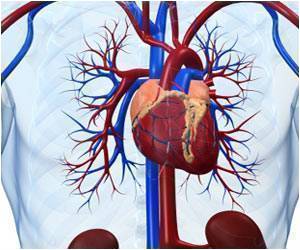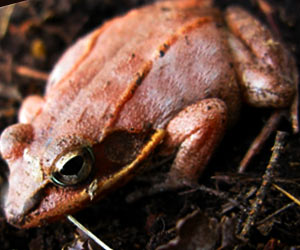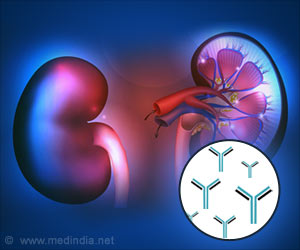A new X-ray method developed by scientists records a living frog embryo's internal structure and cell movement.

The study titled "X-ray phase-contrast in vivo microtomography probes new aspects of Xenopus gastrulation."
Studies of African clawed frog embryos can provide clues to the evolution of vertebrates and how human genes turn on or off to create diseases.
Until now, however, it has been difficult to study these embryos. Classical absorption imaging requires a contrast agent and large X-ray dose that can harm living organisms.
Researchers from the German synchrotron ANKA proposed a new method of nondestructive analysis using X-ray diffraction.
In the experiment, Xianghui Xiao, a scientist at the APS who collaborated on the work, and his colleagues took regular 15-second exposures separated by periods of 10 minutes over the course of two hours of different gastrulas.
Advertisement
The scientists discovered new morphological structures and clarified the process for redistributing fluid in the embryo. They also were able to locate the areas of the embryo that were driving the migration of tissues and cells during gastrulation.
Source-ANI








